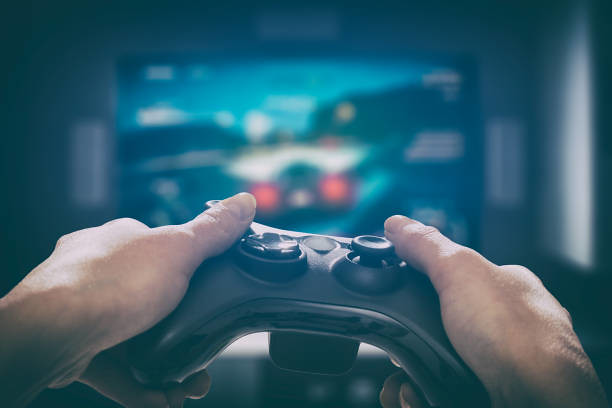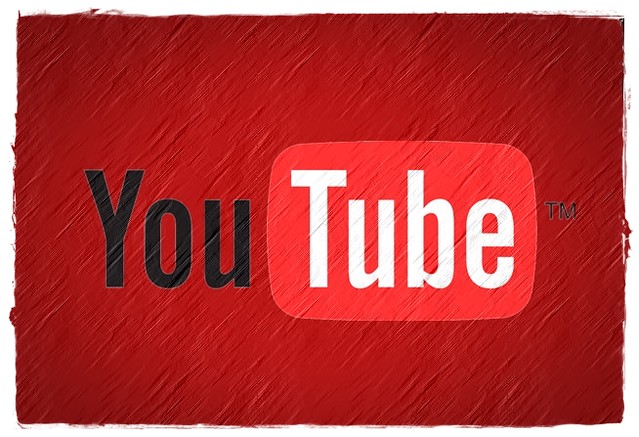Gaming: Do we need to teach different skills for its composition?
Whilst planning for the new Music (General) unit of Narratives I noticed that video games are listed as one of the genres students must study to understand how music can create a narrative. Despite teaching similar units before I haven’t thought about how the music in games is created. As it is another form of popular culture, I thought I would share the research I have found on this topic. So, do we need to teach different skills for composing for video games?
Why Gaming?
Gaming is an important part of popular culture (Sweet, 2014) and using it as part of the curriculum helps motivate and engage students in their learning (Brown, 2016) and gives teachers the chance to help them read and critique these different texts (Alvermann, Moon, Hagwood, & Hagood, 2018). Unfortunately, there has been a slow acceptance of teaching the required skills for game composition due to many different reasons such as unfamiliarity, lack of resources, and because it is part of the popular culture and thought to be not suited to the curriculum (Brown, 2016). Despite these hesitations, there are many reasons why we should be teaching the skills of gaming composition to our students.
The Importance of Music in Gaming
In the past, music in games has been quite repetitive due to lack of skill (as it may have been written by the programmer), the high effort in the coding, or because of the lack of space on some gaming machines (Collins, 2008). With technology evolving it has become much more attainable to have music that interacts with what is happening on screen (Collins, 2008). There are now many resources available, including different programs, which can assist teachers and students learn and implement the skills relevant to game music composition (Brown, 2016).
Music now plays a significant role in video games (Brown, 2016) as the experience can be enhanced through its interactivity, helping to tell the story (Sweet, 2014). Many different sounds and music clips are used within a game to enhance the emotion and create more depth to what is happening (Brown, 2016). Of course, before choosing games to analyse and compose for, it is important to know your students so that the stimulus is relevant for them (Alvermann et al., 2018).
Why do we need to teach it?
Teaching composition for gaming gives students an authentic experience that will prepare them for their future careers (Brown, 2016). The skills and thinking required to write for different games links with the 21st Century Skills that are a part of the new Queensland Senior Curriculum as it encourages critical thinking, creative thinking, communication of ideas, collaboration and teamwork with game developers, personal and social skills such as adaptability, and ICT skills. These skills prepare students for the future in the world they live in.
How is it different?
The music in games is a form of storytelling which is similar to the compositions from other genres such as films, opera and ballet (Golding, 2019). It is, however, completely different as it is created in a non-linear way (Kaae, 2008; Sweet, 2014; Brown 2016) despite this the user must hear the music in a seamless linear fashion (Kaae, 2008). The music in games needs to be more than sound in the background, it matches the action (Golding, 2019) so composers in this genre need to consider how their music will adapt to the player interactively (Sweet, 2014) whilst not distracting the players from the gaming experience (Brown, 2016).
Composing music that is interactive and appropriate for the game has meant that composers need to think about music in a different way (Kaae, 2008), understanding the audience, meaning, and narrative of the game, as well as the game’s overall structure (Collins, 2008; Kaae, 2008) in order to compose music effectively.
There are two different ways that gaming music matches what the game player is doing. The music can be written to be adaptive, so that at different points and with different moves the music changes immediately (Collins, 2008; Kaae, 2008). Then there is variability, where the composer writes music that can be sequenced randomly by the computer to ensure the music is not repetitive (Collins, 2008). These different sections (small or large) need to link together seamlessly irrespective of which path the gamer takes (Sweet, 2014) otherwise the music wouldn’t be cohesive nor effective.
Conclusion
Composing music for video games is a complex task and completely
different to writing for any other genre, having to write in smaller sections
with different variables is a different way to think about music. With new
technology and the support of others, it is something that I believe needs to
be implemented into our curriculum. Understanding how it all works will prepare
our future composers to be more versatile in their field, as the popular culture
of gaming is here to stay.
References
Alvermann, D. E., Moon, J. S., Hagwood, M. C. & Hagood, M. C. (2018). Popular culture in the classroom: Teaching and researching critical media literacy [eBook edition]. https://doi.org/10.4324/9781315059327
Brown, A. (2016). Game technology in the music classroom: A platform for the design of music and sound. In A. King & E. Himonides (Eds.), Music, Technology, and Education: Critical Perspectives. Retrieved from https://www-taylorfrancis-com.ezp01.library.qut.edu.au/books/e/9781315596945
Collins, K. (2008). Introduction. In K. Collins (Ed.), From Pac-Man to pop music: interactive audio in games and new media (pp. 1-10). Retrieved from https://ebookcentral.proquest.com/lib/qut/detail.action?docID=623979
Golding, D. (2019). Music that you help make: Composition for video gaming draws on tradition and tech. Retrieved from https://theconversation.com/music-that-you-help-make-composition-for-video-gaming-draws-on-tradition-and-tech-124282
Kaae, J. (2008). Theoretical approaches to composing dynamic music for video games. In K. Collins (Ed.), From Pac-Man to pop music: interactive audio in games and new media (pp. 75-92). Retrieved from https://ebookcentral.proquest.com/lib/qut/detail.action?docID=623979
Queensland Curriculum and Assessment Authority. (n.d.). 21st century skills: Preparing students for a changing world. Retrieved from https://www.qcaa.qld.edu.au/downloads/senior/snr_syll_redev_21st_century_skills_preparing_students.pdf
Sweet, M. (2014). Writing Interactive Music for Video Games: A Composer’s Guide (1st edition). Addison-Wesley Professional. Retrieved from https://learning.oreilly.com/library/view/writing-interactive-music/9780133563528/









